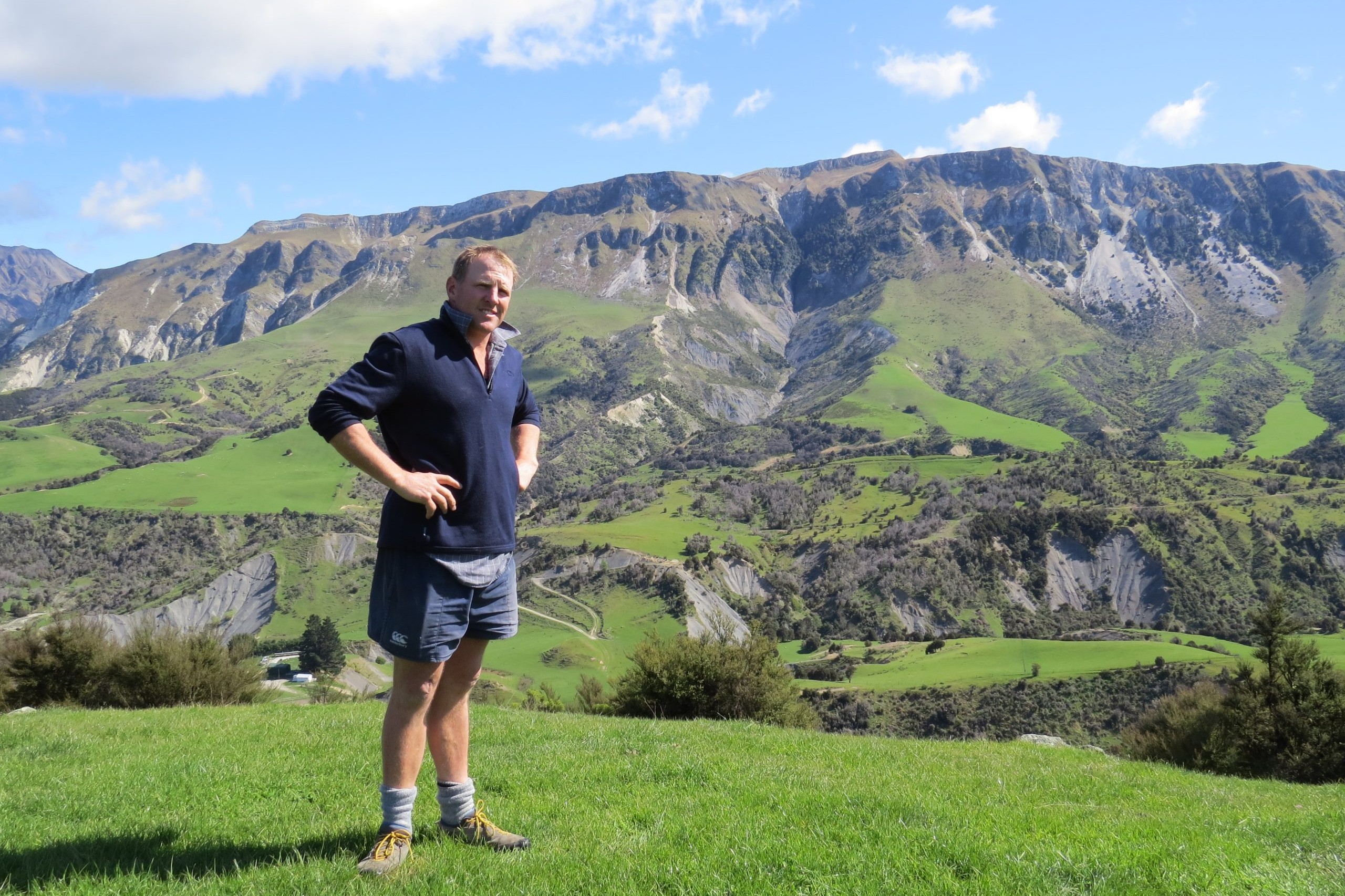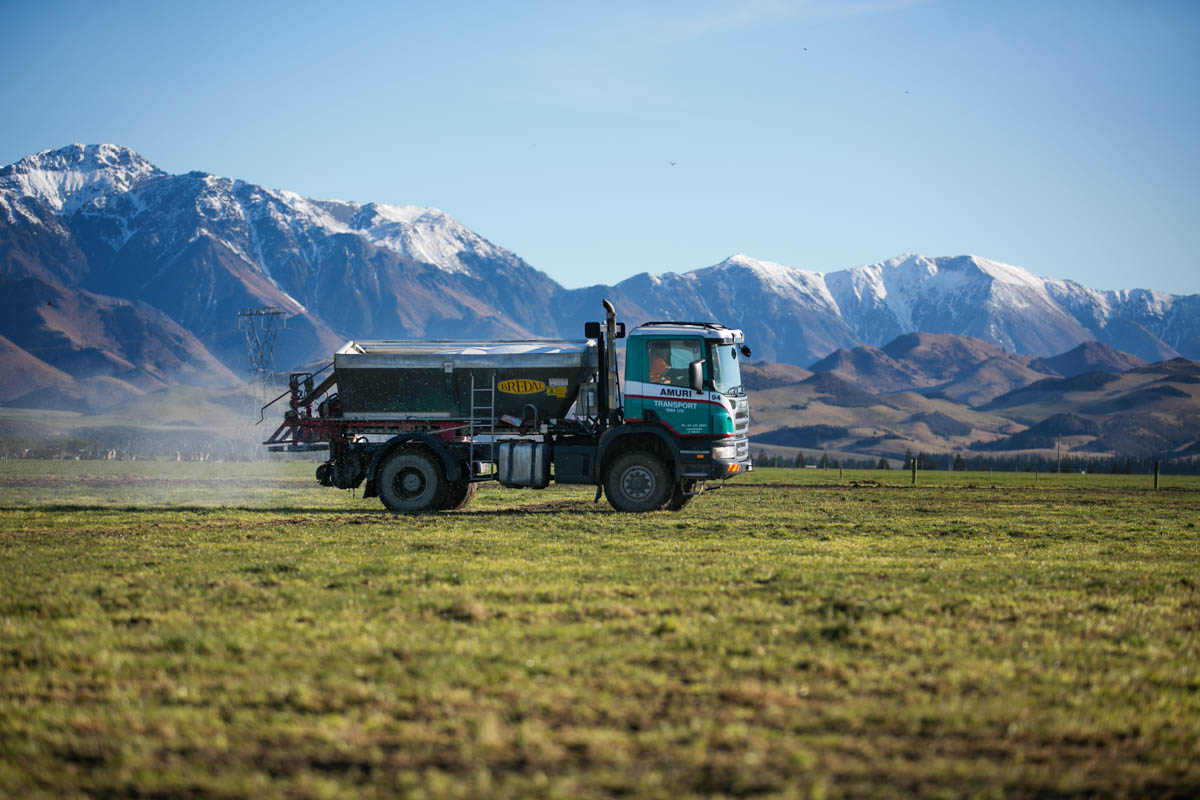TB: Moving closer to the finish line
Over the past decade, the disease management agency OSPRI has been edging closer to eliminating bovine tuberculosis (TB) from New Zealand.

At the start of 2023, fewer than 30 herds had TB infections, a far cry from the 1990s when the number was close to 1700 herds.
Pest management is a major part of the TBfree programme. Aerial and ground control are the main form of control for possums, the main TB spreader. While much progress has been made, elimination is still in sight.
An example of how the eradication programme is working can be seen in the upper South Island high country of Molesworth Station and the neighbouring Muzzle and Bluff Stations. With recent 1080 aerial operations, farmers in the area are feeling positive that their properties may soon be clear of TB.
Bluff Station’s Hamish Murray (pictured) says one of the keys to having a successful strategy is cooperation and unity with neighbouring farmers.
“Ultimately there are no TB-infected possum populations around the edges of our property, but if the leakage that comes from the far end of the Bluff or from the Muzzle or the Clarence Reserve comes this end, and if we neglect to manage those possum populations in this area, then we run the risk of that exploding.”
Molesworth Station manager Jim Ward says it looked like they had beaten TB in the late 1990s, but there was a massive explosion of herd breakdowns when follow-up possum control was neglected.
“That is never going to happen again,” says Jim.
“All the people who had knowledge of that period at OSPRI are not going to forget, and they won’t let the country down.”
OSPRI’s senior veterinarian Kevin Crews says it’s been a progressive strategy over the past 50 plus years.
“We’re now in what I like to describe as the home stretch. Getting TB out of the Clarence catchment is a critical part of the success not just of the strategy in this local area, but the TB plan nationally.”
Another reason why this area is critical, Crews says, is because of the grand scale, and the fact that we’re on the cusp of eradicating TB over half a million hectares, which is a very good indication that the national TB plan itself can be ultimately successful.
Muzzle station farmers Guy Redfern and Colin Nimmo have been dealing with TB for more than 30 years and will be glad to see it gone for good.
When the government’s policy changed to eradicate TB as a country, Guy says the Clarence River area became a priority.
“We just did one round of 1080 poison really and some ground control work. And we were clear within two years basically. Eradicating TB is hugely important because otherwise it’s just going to always be there, potentially. And there’s a massive cost already even just trying to control it.”
Father-in-law Colin Nimmo says not fully eliminating TB now would be risky.
“We need to finish it off really, we’ve done a hell of a good job of getting TB down to a very low number of herds. What we need to do now is get rid of the little pockets of TB that’s left because once you take your foot off the hammer it’ll just come back again.
“It will be easier to finish the job off now than let it come back and we’ll be back to square one,” he says.




